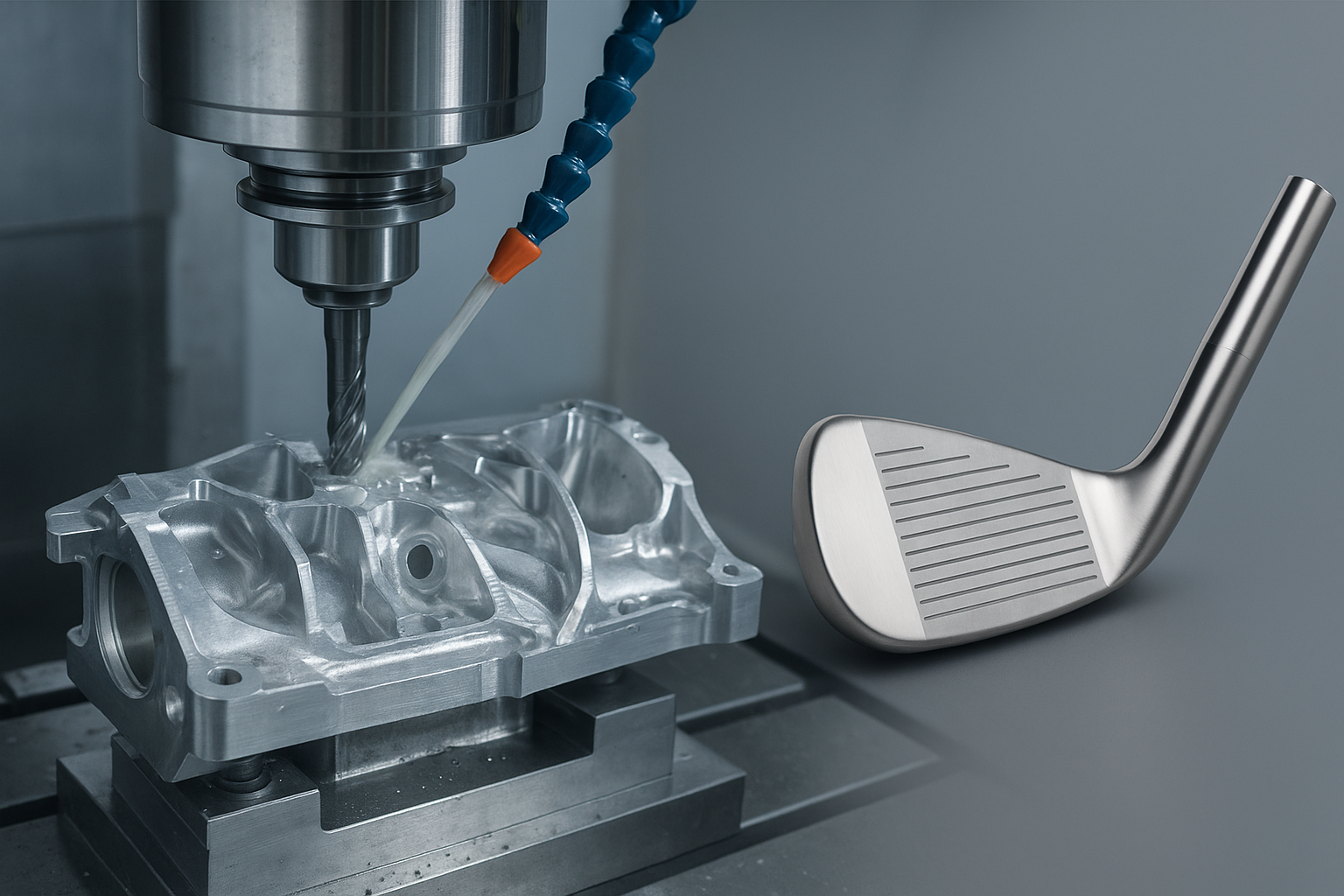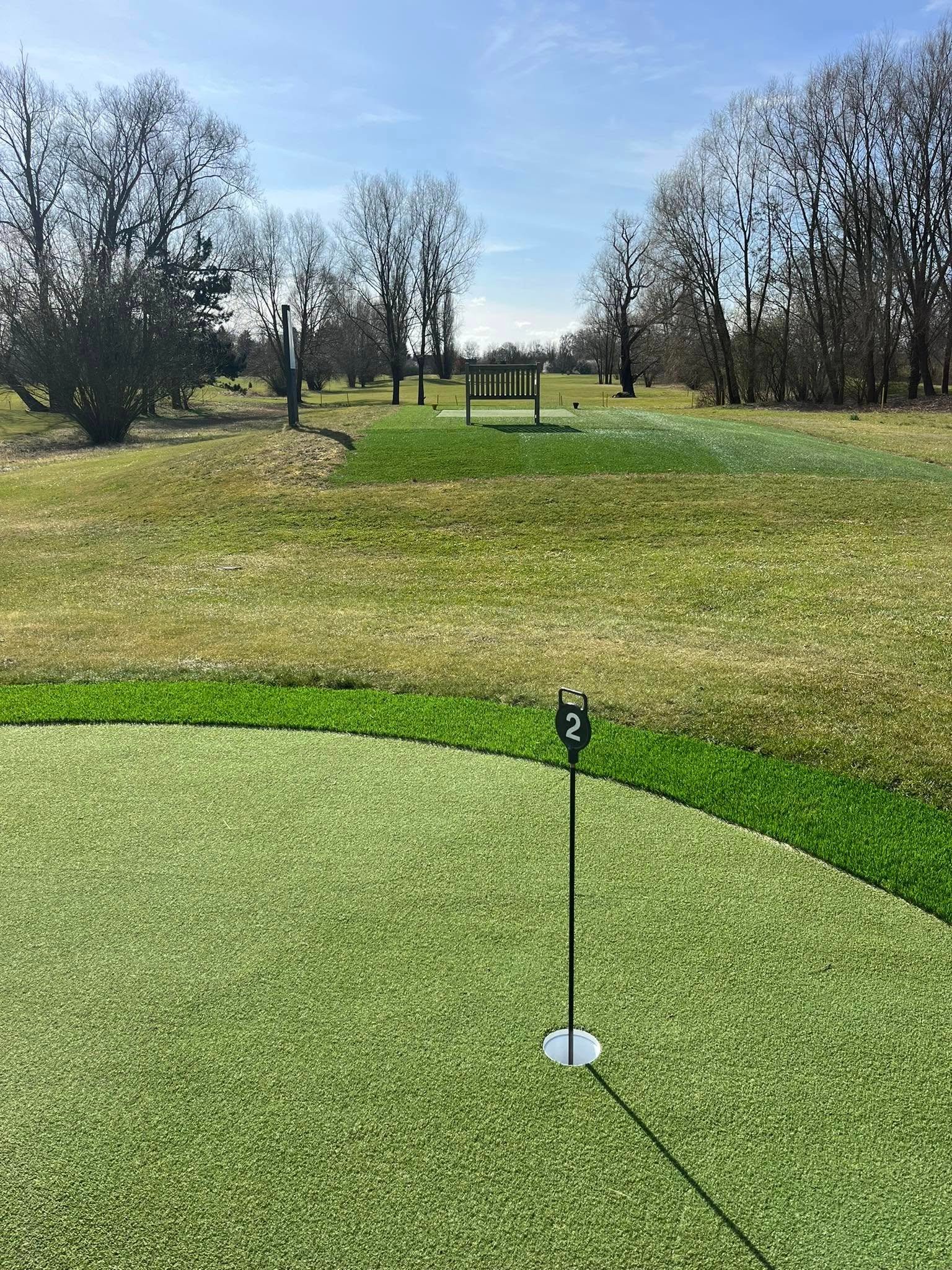How to Choose the Right Golf Gloves for Rainy Conditions. Playing golf in rainy weather can make the game much more difficult because it demands control and accuracy. On the course, slick grips and wet palms can cause erratic swings, decreased accuracy, and frustration. Rain golf gloves are useful in this situation. Rain golf gloves are made to offer improved grip, durability, and comfort in wet conditions, in contrast to regular golf gloves, which can become slippery when wet.
Material Matters: Choosing the Right Fabric
The material is one of the most important considerations when choosing rain golf gloves for wet weather. A lot of rain golf gloves are composed of high-tech polyester blends or microfiber suede, which are synthetic materials that offer better traction in wet conditions. A steady grip on the club is ensured by these materials’ ability to retain traction and absorb moisture. Although leather gloves are great in dry weather, they are not as dependable for play in wet weather because they frequently become slick in the rain.
Fit and Comfort: Finding the Perfect Glove Size
When selecting golf gloves for wet weather, a good fit is crucial. While too-tight gloves can be uncomfortable and limit movement, too-loose gloves can cause slipping. Make sure the rain golf gloves fit comfortably without being constricting when you try them on. Numerous companies sell gloves made of elastic fabrics that fit your hand’s contour and give flexibility and comfort. Furthermore, some gloves have movable fasteners to personalize the fit and ensure they stay in place.
Grip Technology: Enhancing Control in Wet Conditions
Enhancing grip in damp weather is the main objective of rain golf gloves. Advanced grip technologies like textured palm surfaces, silicone-enhanced patterns, or moisture-reactive polymers are found in many premium rain gloves. Even when the club handle is wet, these features assist golfers in keeping control of their strokes. For increased longevity and to ensure that they continue to operate well during the game, some gloves also have reinforced palms and fingertips.
Breathability and Moisture Management
Rain golf gloves should be permeable to avoid excessive perspiration, even though they are made to withstand moisture. To keep your hands comfortable and dry, look for gloves with moisture-wicking qualities that let perspiration escape. By improving airflow, ventilated mesh panels or material perforations can lower the chance of overheating while playing. For golfers who prefer to wear gloves on both hands in wet weather, breathability is particularly crucial.
Durability and Longevity
Rainy-weather golf gloves should be made to resist repeated exposure to wet without losing their functionality. Resilient fabrics that withstand deterioration and strengthened stitching are common features of high-quality gloves. Purchasing a dependable pair of rain golf gloves can guarantee that they endure through several rounds, thus saving you money. Additionally, certain gloves can dry quickly, so they can be used again soon after being exposed to rain.
Single Glove vs. Pair: What Works Best?
The majority of golfers usually wear a glove on their lead hand, which is the right hand for left-handed players and the left hand for right-handed ones. Wearing gloves on both hands, however, can offer more stability and grip in wet weather. Rain golf gloves come in pairs from many brands, giving players the best grip and control possible in wet conditions. The degree of grip needed and personal preference ultimately determine whether to wear a pair or just one glove.
Brand and Model Recommendations
Rain golf gloves are the specialty of several golf companies, each with special characteristics and advantages. Among the leading manufacturers of high-performance rain gloves are Mizuno, TaylorMade, Callaway, and FootJoy. For instance, FootJoy’s RainGrip gloves are well-liked due to their superior wet-weather traction and rapid drying capabilities. Advanced synthetic materials provide Callaway’s OptiGrip gloves exceptional control in wet weather. You can select the perfect gloves for your playing style and preferences by investigating and testing several models.
Maintenance and Care for Rain Golf Gloves
Your rain golf gloves can last longer and continue to function well with proper maintenance. Instead of subjecting the gloves to direct heat after playing in damp conditions, let them air dry naturally, as this can cause damage to the material. Mold and mildew accumulation can be avoided by keeping them in a ventilated bag or container. Maintaining their grip-enhancing qualities and removing debris can also be accomplished by washing them occasionally with a mild soap and water solution.
Conclusion
By guaranteeing a firm grip and ideal control, selecting the appropriate golf gloves for wet weather will greatly enhance your game. When choosing the best rain gloves, considerations like material, fit, grip technology, breathability, and durability are all very important. Purchasing premium rain golf gloves from reliable companies, whether you choose to play with one or two, can significantly improve performance in wet conditions. You can make sure your gloves are a dependable component of your golf equipment for many more rounds by taking good care of them.














Leave a Reply